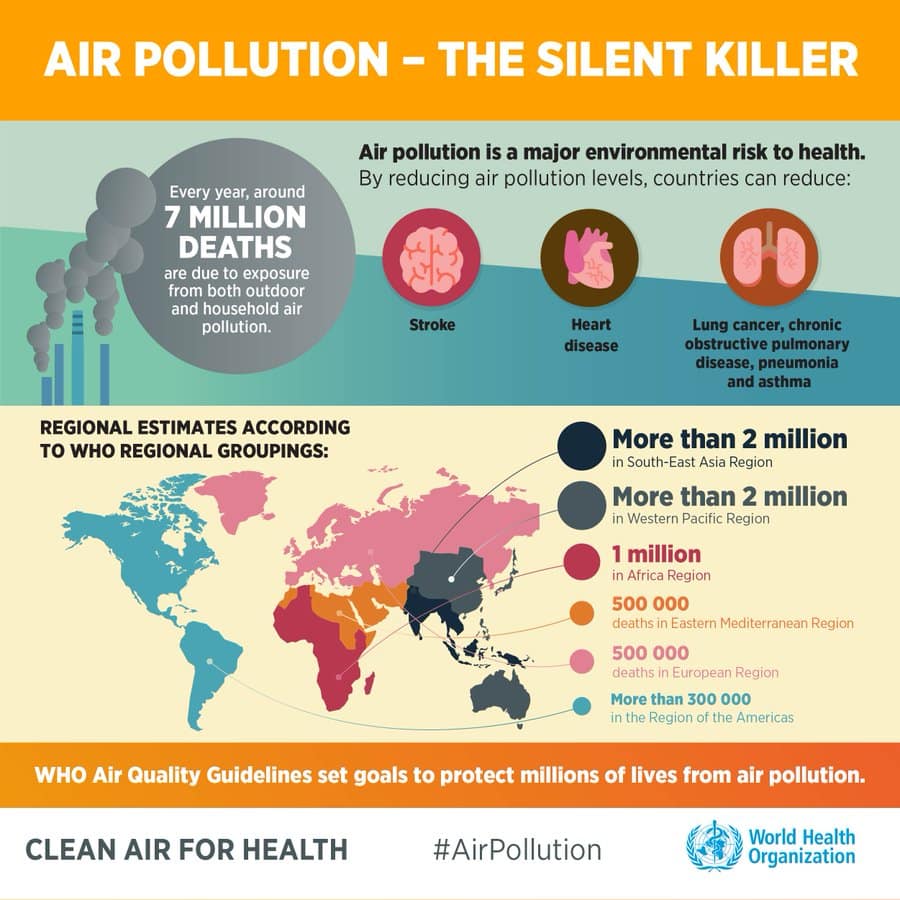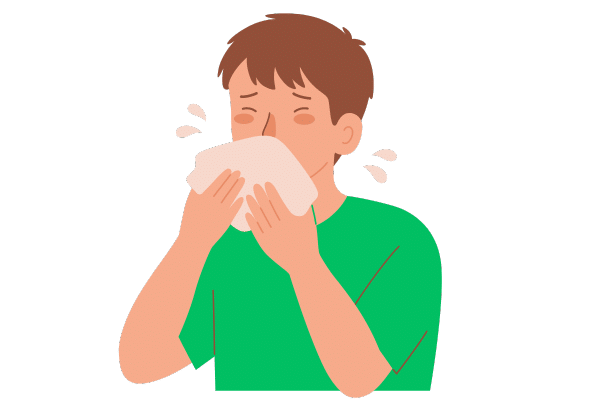Ever take the time to analyze what you inhale with each breath?
Indoor air quality is usually unnoticed because we spend 90% of our time indoors.
According to the EPA, indoor air is 2 to 5 times more polluted than outdoors.
You’re unknowingly breathing in dust, mites, mold spores, and chemical pollutants that can cause severe health issues..
Let’s take a quick look at indoor air and how you can test its quality.

Many are unaware of the silent threats lurking in their homes. The World Health Organization (WHO) estimates that 4.3 million people a year die from exposure to household air pollution.
Indoor air pollutants, such as carbon monoxide, radon, and particulate matter, are invisible killers, leading to severe health problems or even fatalities if left unchecked.
Best to prepare yourselves and know what you’re up against.
Several factors can degrade your indoor air quality. Common culprits include:

For those interested in a hands-on approach, DIY air quality test kits are available.
These kits, available online or at hardware stores, allow you to collect samples for analysis.
They can test for mold, VOCs, allergens, and radon. While convenient, these kits offer a snapshot rather than a comprehensive overview of your air quality over time.
If you think the air inside your home might be causing you discomfort or health issues, getting an air quality monitor is a smart and affordable way to find out.
These monitors can check how clean or polluted your indoor air is, helping you take steps to bring fresh air into your home and make you feel more at ease.
When choosing an air quality monitor, look for one that can check for:

Keep track of any health issues over a few weeks. Note if symptoms occur in specific places or at certain times, suggesting where the air quality issue might be.
Different symptoms can indicate different problems - nausea and confusion might signal carbon monoxide, while scratchy throats or watery eyes suggest allergies.
Some monitors also tell you about the air quality outside and check for carbon dioxide or carbon monoxide levels.
But the main things to watch for are humidity, temperature, chemicals, dust, and the overall air quality index.
Carbon monoxide is a dangerous, invisible gas known as "the silent killer." It's especially harmful in areas without good airflow.
For safety, it's crucial to have carbon monoxide detectors throughout your home to protect everyone, especially pets, seniors, and kids.
Check for carbon monoxide detectors to find the best one for your household.
The EPA warns that radon exposure is a leading cause of lung cancer in the U.S., second only to smoking. If you find radon in your home, getting professional help quickly is important to keep your family safe.
If you're dealing with air quality issues at home, an air purifier might help, especially for those with asthma or allergies. They work by pulling dust and other particles out of the air.

Air purifiers use either negative ions to trap pollutants on surfaces or HEPA filters to catch particles floating around.
While you can DIY a simple HEPA filter purifier cheaply, investing in a quality air purifier with several filters is usually a better choice.
Be cautious of air purifiers with fancy terms but little proof. Our guide to the best air purifiers can help you choose one that genuinely improves your air.
Remember, air purifiers need a bit of care. Change or clean the filters as needed to keep everything running smoothly and your air clean.
Some have a washable pre-filter for bigger stuff like pet hair, which also helps the main filter last longer. Check out tips on cleaning air purifier filters for more info.

For a more thorough evaluation, consider hiring a professional. Experts equipped with sophisticated tools can provide a detailed analysis of your home's air quality, identifying specific pollutants and their sources.
Though more costly, this option can offer peace of mind and a clear action plan.
If you still find the above-mentioned tasks then you can follow some basic or easy steps to keep your home’s air quality healthy.
Once you’ve figured out the issue with your indoor air quality through standard air quality tests, you can take immediate action:
The evidence is clear: improving your home's air quality is the first step to securing indoor air quality.
By understanding the risks, recognizing the benefits of clean air, and taking decisive action, you can protect your family from the invisible dangers of indoor pollution.
Test and improve your indoor air quality today.